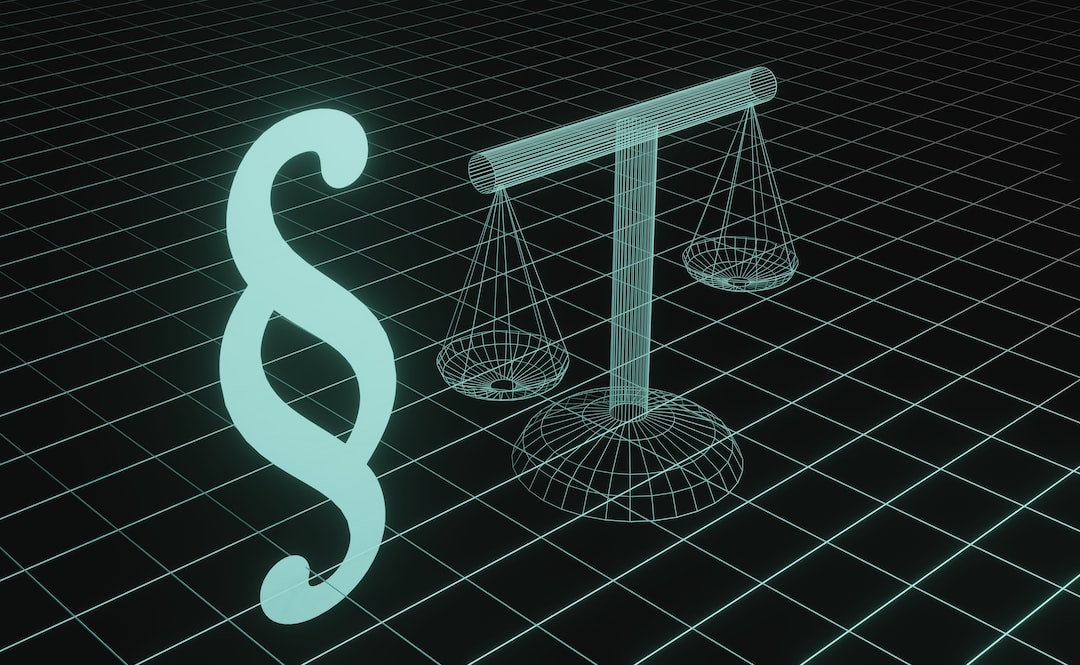A Comprehensive Guide to Personal Injury Lawsuits
Accidents happen unexpectedly, and they can have a significant impact on our lives. Whether it is a car crash, a slip and fall incident, or a workplace accident, personal injuries can lead to physical, emotional, and financial difficulties. In such cases, pursuing a personal injury lawsuit may seem like the appropriate course of action. However, the legal process can be complex and overwhelming. In this comprehensive guide, we aim to provide you with a step-by-step overview of personal injury lawsuits, helping you navigate this challenging terrain.
Step 1: Seek Medical Attention
Regardless of the severity of your injury, seeking immediate medical attention is crucial. Not only does this ensure your well-being, but it also establishes a formal record that can be vital for your case. Make sure to keep a detailed record of doctor visits, treatments, prescriptions, and any other related medical documentation.
Step 2: Document the Incident
Collecting evidence is crucial in establishing the facts of your case. Take photographs of the accident scene, your injuries, and any relevant property damage. Gather contact information from any witnesses, as their testimonies can be critical. Additionally, preserve any documents or records related to the incident, such as accident reports or police statements.
Step 3: Consult an Attorney
Personal injury laws can vary by jurisdiction, and the legal process can be complex. Therefore, it is advisable to consult an experienced personal injury attorney who can guide you through the legal system. They will analyze your case, evaluate the potential for compensation, and help you understand your rights and options.
Step 4: Determine Liability
Determining liability is crucial in personal injury cases. It is important to identify who was responsible for the accident or the conditions that led to it. Your attorney will gather evidence, interview witnesses, and consult with experts to establish liability. This information is fundamental in proving negligence and building a strong case.
Step 5: Calculate Damages
Personal injury lawsuits seek compensation for damages caused by the accident. These damages can include medical expenses, loss of income, pain and suffering, emotional distress, and property damage. Your attorney will help you calculate your damages based on the specific circumstances of your case. It is important to be comprehensive and thorough in documenting all the ways in which the accident has impacted your life.
Step 6: Negotiate or Litigate
After assessing the strength of your case, your attorney will advise you on the best approach to pursue compensation. In many cases, personal injury claims are resolved through negotiation or settlement. Your attorney will negotiate with the responsible party or their insurance company to reach an agreement that fairly compensates you. However, if a settlement cannot be reached, your attorney will prepare your case for litigation and work towards obtaining a favorable judgment in court.
Step 7: The Legal Process
If your case proceeds to court, it is important to understand the legal process. This can involve filing a complaint, conducting discovery, collaborating with experts, and presenting your case before a judge or jury. Your attorney will handle the procedural aspects and will advocate on your behalf, ensuring that your rights are protected and that the necessary evidence is presented.
Step 8: Settlement or Judgment
Once a settlement or judgment is reached, you and your attorney will determine if the offered compensation is fair and reasonable. If you agree to the terms, your case will be resolved, and you will receive your compensation. However, if you believe the offered amount is insufficient, your attorney may advise pursuing an appeal or further litigation.
Step 9: Moving Forward
Obtaining compensation is a significant step in your personal injury journey, but it is also important to focus on your recovery and rebuilding your life. This may involve continuing medical treatments, therapy, or rehabilitation services. Your attorney can help you explore your options for ongoing care and support.
Wrapping Up
Personal injury lawsuits are complex and require careful navigation. By following this comprehensive guide, you can gain a better understanding of the steps involved and make informed decisions along the way. Remember to seek medical attention, document the incident, consult an attorney, determine liability, calculate damages, negotiate or litigate, understand the legal process, evaluate settlement offers, and focus on your recovery. With the guidance of an experienced attorney, you can achieve the compensation you deserve and move forward in rebuilding your life.
